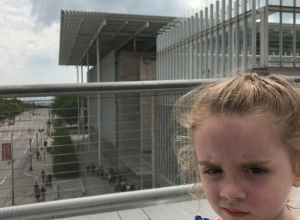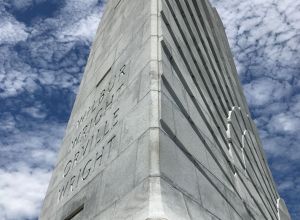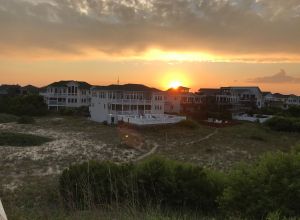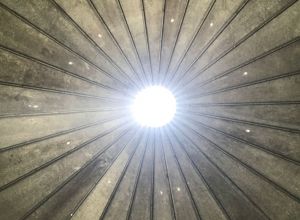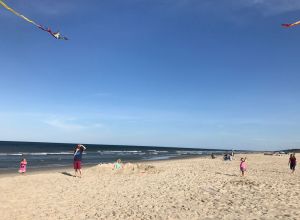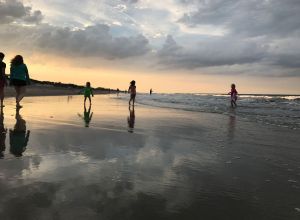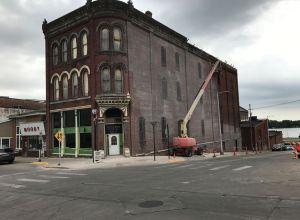August 15, 2017
10,000 Images
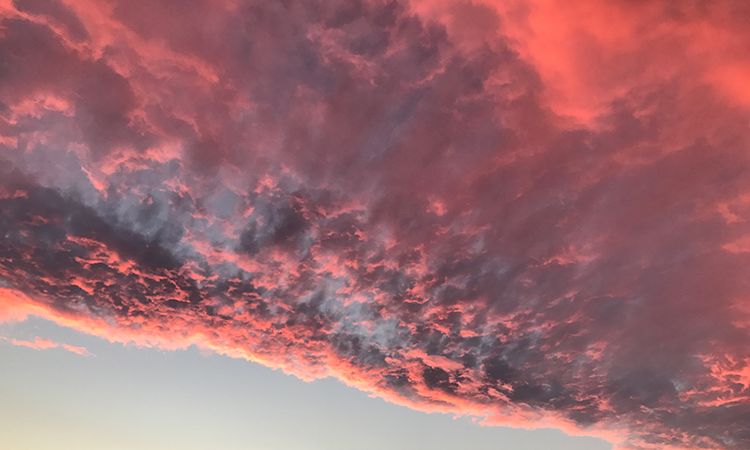
When my wife and I wed over a decade ago, we resolved that we would make travel a priority throughout our life. With just the two of us, our life was much more portable and it was no big deal to throw a couple things in a bag, leave some extra food for the cat and hop on a plane. Almost 6 years ago, things got a little more complicated with the arrival of our first daughter and then again 4 years ago with the arrival of our second daughter. Initially, we imagined that we might have to abandon travel for a few years. However, after further consideration we decided that we could sacrifice total spontaneity for the sake of adding our newfound travelling companion. When our oldest was 15 months, we put our hypothesis to the test and successfully navigated 4 European cities in two weeks and are all still on speaking terms. Thanks to the wonder of digital photography, we captured our experience with over 2,000 images. In the years since, we have been all across the country (relocated to Iowa!) and spent numerous weekends and the occasional longer jaunt exploring and visiting friends and family. As I was cataloging images from my phone and camera upon returning from our most recent foray I was reminded of a challenge posed by a professor in architecture school.
The challenge was this - gather a mental catalog of 10,000 images before completing the program. While the concept seemed a little cryptic at first, it quickly began to make sense. As an architect, our task is to start with an idea and end up with a habitable space. To this end, the architect helps the client understand and develop particular requirements for their project and then arrive at the appropriate arrangement of spaces. The initial set of requirements, the program, is usually a written document. We don’t write buildings or build out of words so schematic design translates the words into spatial arrangements. The 10,000 images are simply a starting point for the architect to relate words to a built form. The clients words lead to diagrams and sketches that communicate the architectural intention and helps the client visualize what they have requested. An image can be a fantastic demonstration as in “I was driving around and saw this building that is very much like what I want” or “here is a project that used the material you requested, is this what you had in mind?”
The image continues to have a prominent role throughout the design process, identifying style and character in the design development and identifying specific execution during construction documents. Finally, the image becomes an enduring record of the built project, which can in turn become the inspiration for future projects.
Looking back at my travel photos, there is a mix of candid family shots, carefully framed landscape and monument photos and snaps of architectural details. Each photo recalls a moment of our experience and presents an opportunity to contemplate a fleeting instant of time. I encourage you to take a look around, see what inspires you, notice what you like and don’t like and start your own catalog of 10,000 images. The internet is another great resource – check out the links below for a few of my favorite spots. I look forward to adding to my 10,000 images – who knows, maybe we’ll put them to work on your next project!
